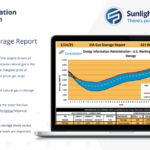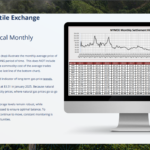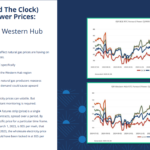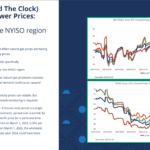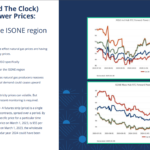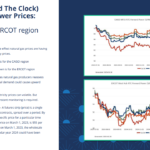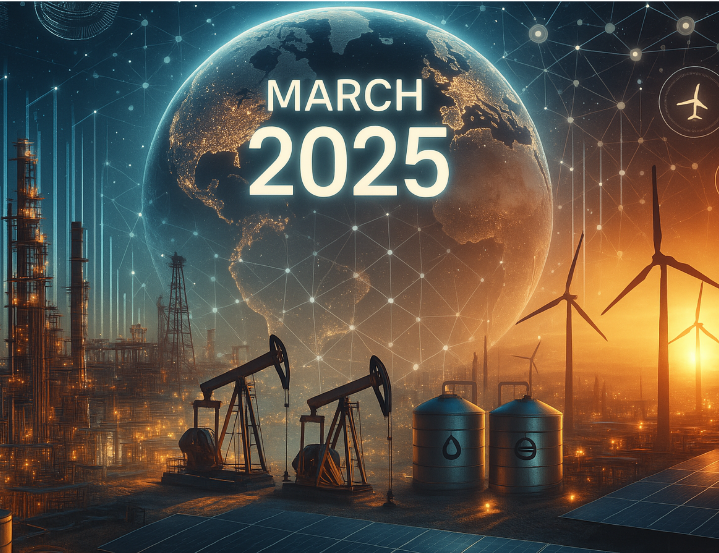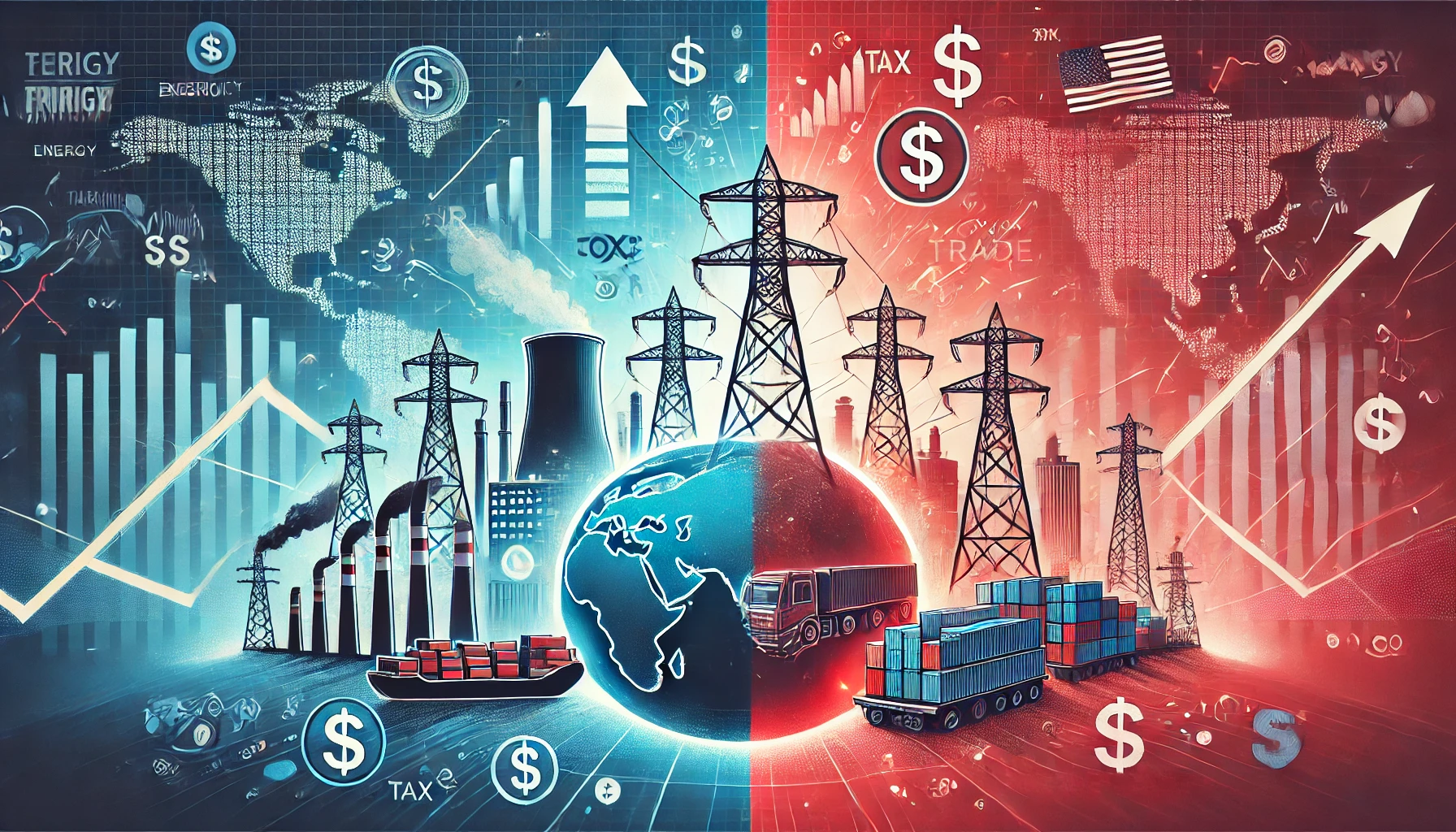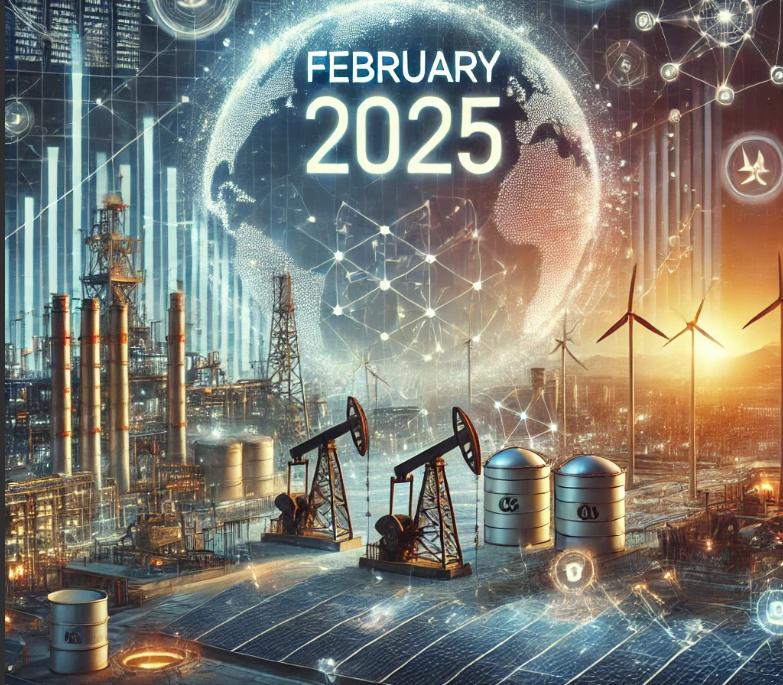As we step into 2025, the U.S. energy markets are seeing notable shifts driven by weather fluctuations, economic signals, and supply-demand fundamentals. Natural gas prices have softened, with the prompt-month NYMEX settling at $3.70/MMBtu, down $0.33/MMBtu, as a significant warm-up across the eastern U.S. reduces short-term heating demand. Meanwhile, natural gas storage inventories stand at 2,892 billion cubic feet (bcf), with strong withdrawals continuing into February. On the power side, the EIA forecasts a 7% year-over-year increase in wholesale electricity prices, largely driven by higher natural gas costs.
With these dynamics in play, here are the key bullish and bearish factors influencing the energy markets this month.
Bear Factors:
– A warmer-than-normal pattern is setting in across the eastern two-thirds of the U.S., limiting near-term heating demand. Though brief cold shots remain possible in the Midwest and Northeast. This reduces natural gas consumption for residential and commercial heating, easing pressure on prices.
– Dry gas production recovered to 105.7 Bcf/day, up 3.1 Bcf/day for the week as freeze-offs subside. Higher production levels increase supply, putting downward pressure on prices.
– China’s economic slowdown and Europe’s near-recession conditions continue to weigh on global energy demand expectations. A weaker global economy leads to lower industrial activity, reducing energy consumption and limiting price growth.
– Continued withdrawals are expected, but the mild February forecast could ease end-of-season storage pressures, keeping natural gas prices from rising sharply.
Bull Factors:
– Recent cold snaps resulted in a 223 Bcf storage withdrawal (well above the five-year average), helping to support natural gas prices by reducing available supply.
– LNG exports remain robust at 14.5 Bcf/day, up from 13.8 Bcf/day last year, keeping domestic supply tight and driving prices.
– Natural gas-fired power generation has averaged 38.3 Bcf/day, a slight increase from 37.2 Bcf/day last year, contributing to sustained demand.
– The rise of AI and quantum computing is driving long-term energy demand, particularly in power-intensive sectors, increasing electricity consumption.
Charts and graphs sourced from Constellation
